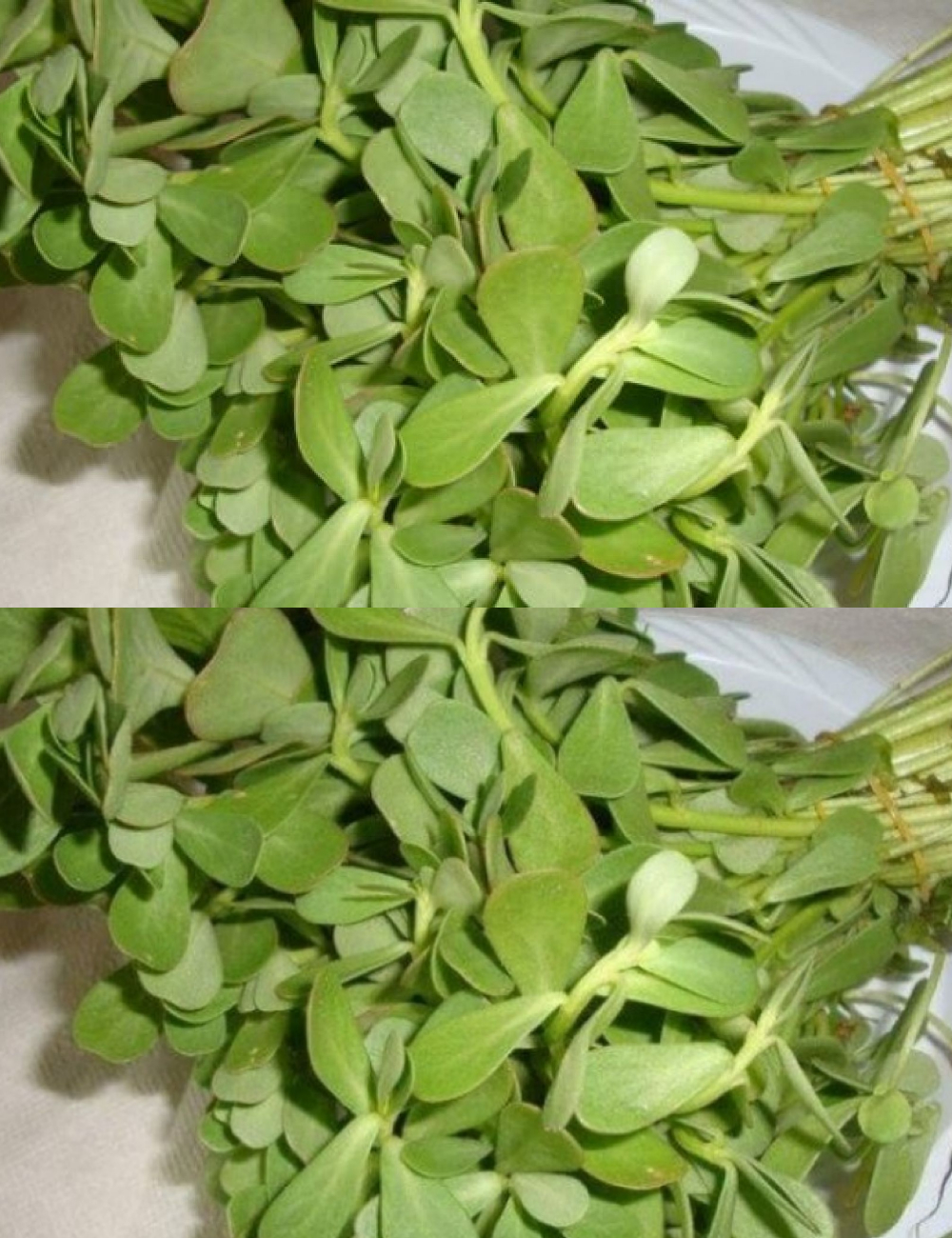Minerals (including potassium, magnesium and calcium) Vitamins (especially C, A, B and E) B-carotene (hence the color of the stems… and the name of the plant) And finally Omega 3, which is rare for green leaves (hence the fatty appearance of the plant) As you will have understood, purslane is generally rich in antioxidants and provides many nutrients, important whatever our diet.
It was traditionally consumed by many peoples, and is also part of the famous Cretan diet. Purslane can also be used in herbal medicine. I haven’t tried it yet, but I read that purslane juice can be used as a healing and anti-inflammatory.
Chewing leaves soothes sore throats and sensitive gums. An infusion of young dried leaves is said to have diuretic and detoxifying properties. I will be sure to let you know what it is as soon as I have the opportunity to test it.
Internal use As an infusion, purslane leaves purify and relieve burning and stomach cramps. It is also indicated in cases of hypertension or as a relaxant in cases of insomnia and nervousness. Chew the leaves:
against sore throats and gum inflammation. External use Juice of purslane leaves in case of conjunctivitis, pour drop by drop to clean the eyes and inflammation of the eyelid. Purslane poultice, mixed with a spoonful of olive oil, is very effective for bruises, aches and muscle cramps. On the stomach, the crushed leaf poultice reduces flatulence.
How to prepare pickled purslane Ingredients 250 g purslane 250 ml of apple cider vinegar 3 cloves of garlic Peppercorns, to taste Salt to taste Preparation Wash the purslane very well with plenty of water and baking soda to remove all kinds of dirt.
Continue Reading in next page

